Why Victoria’s Secret’s idea of sexy may be killing its brand
VICTORIA’S Secret sells on the premise of sleek and sexy - but the definition of that is evolving. Has one of the most buzzed about brands in the world grown tired in its middle age?
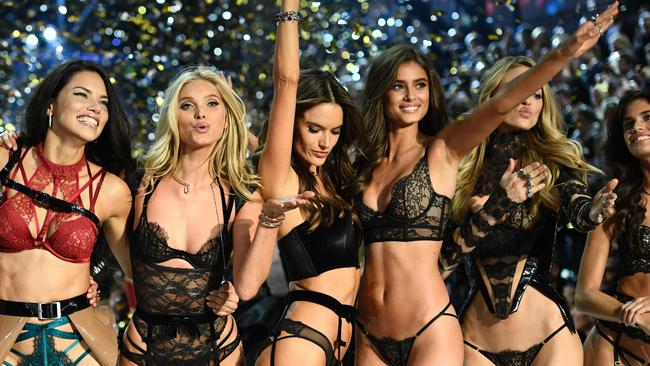
SUPERMODEL Lais Ribeiro strutted her lithesome 6-foot frame across the stage last November at the annual Victoria’s Secret Fashion Show, her 31-23-33 figure barely contained in the company’s Fantasy Bra.
As she did her thing, Harry Styles gyrated on the stage and belted out his hit single, Only Angel.
The crowd went crazy, and it was difficult to know if they were cheering the $2 million bejewelled bra Ms Ribeiro was wearing or the Brazilian beauty herself, the New York Post reported.
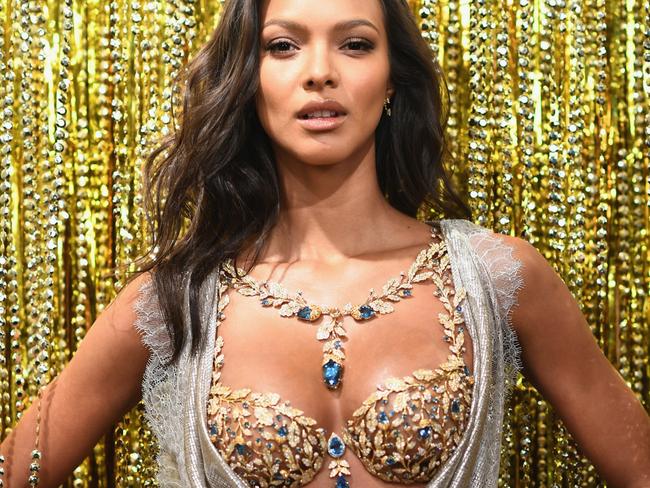
By most measures, the Nov. 20 extravaganza in Shanghai, China, was a success.
Ms Ribeiro and a dozen of her supermodel pals were at their sexy best in an estimated $12 million production that company executives arranged to have telecast around the world.
But the world yawned.
Viewership of the show plummeted 32 per cent from the previous year in the coveted demographic — to just 5 million. The company insists it is still the most watched fashion event in the world and that more people are tuning in online.
That may be true, but the 41-year-old brand that sells sleek and sexy has clearly grown tired in its middle age, critics say.

Once among the hottest and most buzzed about brands in the world, Victoria’s Secret has posted declining same-store sales at its brick-and-mortar US locations for seven straight quarters, while profit margins have gotten squeezed and inventories bloated.
Investors in L Brands, the lingerie maker’s parent company, are taking a beating as shares are down more than 45 per cent this year — making it the worst-performing stock in the S&P 500.
In hopes of turning things around, company execs have cut prices and extended its sales longer. Neither has worked as sales per square foot, down in the last two years, continued to erode in the first quarter.
Perhaps even more troubling, younger and more aggressive rivals are now circling Victoria’s Secret like a bunch of hungry sharks — each with a marketing pitch that is resonating with young women.

“Victoria’s Secret is an example of a company that thought it was too big to fail,” Lingerie Addict editor and founder Cora Harrington told The Post. “I don’t think they ever considered that American consumers would go elsewhere.”
Walk into almost any of the 1,124 Victoria’s Secret stores across the US, and you can instantly see the problem. Where are all the shoppers?
There’s looping video footage of Angels walking the runway, seductive framed photos of them hanging above the lingerie displays, and throbbing music.
But one recent afternoon inside the chain’s Midtown Manhattan flagship — the bras and panties on display, meticulously stacked and seemingly untouched — spoke volumes about store traffic, or the lack of it.
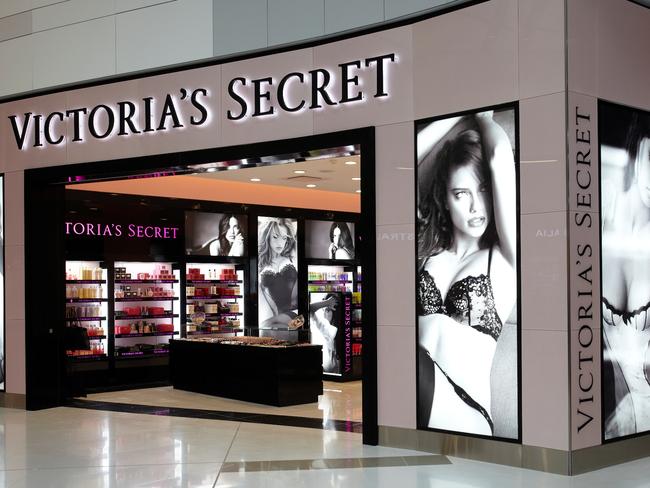
The company has admitted in regulatory filings its customer traffic in stores is troubling.
One sale — 5 panties for $28.50 — stretched longer than usual, but to no apparent benefit.
Sales at the brick-and-mortar stores were down 5 per cent in the first quarter after falling 6 per cent in 2017 and 1 per cent in 2016.
Its teen-focused Pink brand — which has fuelled most of the lingerie company’s gains over the past five years — started to cool late last year and has not rebounded. Operating income for Victoria’s Secret has decreased 33 per cent since 2015.
What went wrong? How could an iconic retailer that was the standard bearer of all things sexy, with oodles of pricing power and a stable of super models, fall so hard?
Self-inflicted wounds, say industry experts.

Victoria’s Secret’s once-effective marketing strategy of using super models — Heidi Klum, Gisele Bündchen and Gigi Hadid are Angel alums —has for the most part backfired on the Columbus, Ohio, company.
“It’s had the same positioning for decades, associating sexy with super models, and it just doesn’t work anymore,” said Konik.
The #MeToo movement that exploded on the public consciousness last October didn’t help. The brand’s image has been banged up since then, according to a recent survey by YouGov.
“The Angels are unrelatable, while the stores look too much like an outdated boudoir,” observed retail consultant Gabriella Santaniello of A-Line Partners.
Victoria’s Secret watched on the sidelines as a growing number of rivals seized on fashion trends like bralettes and plus sizes — and thrived.
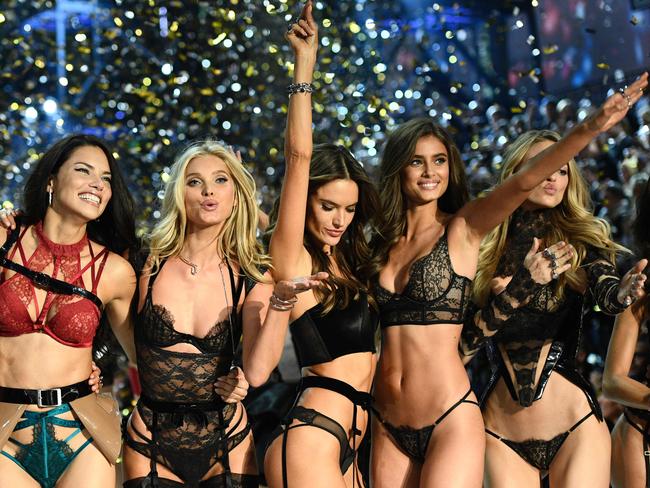
It also failed to react as new competitors, like American Eagle’s Aerie brand, undercut its pricing by as much as half.
Aerie reported a 38 per cent spike in comparable store sales in the first quarter this year largely on the strength of its #AerieREAL campaign that featured unretouched photos of both professional models and ordinary customers.
Last month Aerie unveiled a marketing campaign featuring women with various medical conditions and diseases, including a young woman with an insulin pump protruding from her belly and another with the skin pigmentation disease, vitiligo.
AerieREAL grew from a no-retouching campaign in 2014 to a body positivity and empowerment campaign, a spokesperson told The Post.
“Victoria’s Secret has always been about self confidence,” a spokeswoman for the brand said via e-mail addressing the body positivity movement, adding “When your bra fits, you stand a little taller, your clothes fit a little better, and you feel more comfortable and confident — and that’s sexy.”
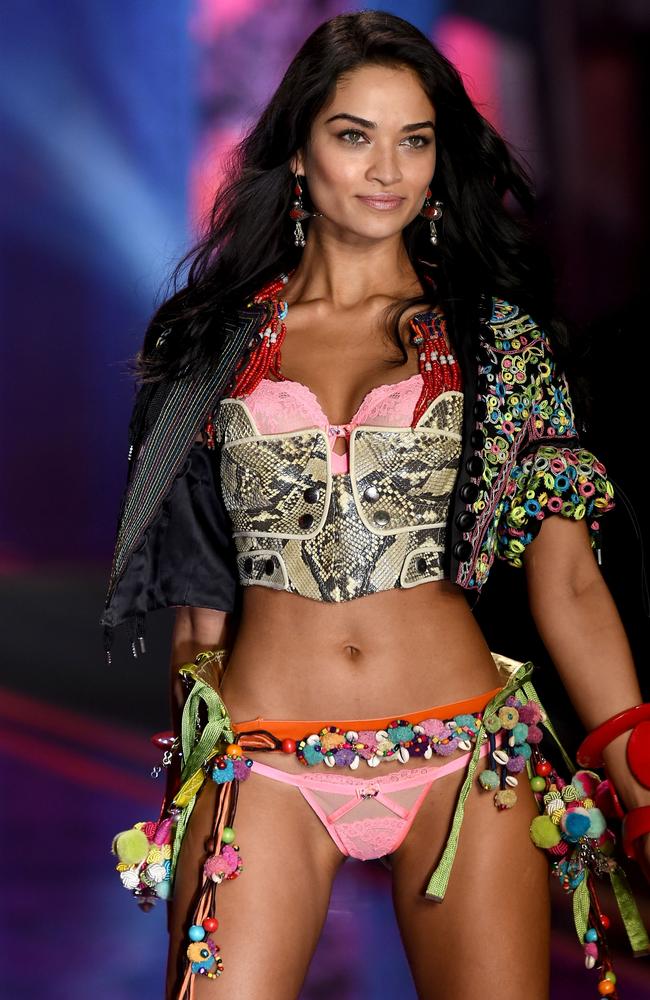
Victoria’s Secret also hurt itself when it got out of the swimsuit business. Shoppers had one less reason to go to the stores, say experts. Top brass revealed in an earnings call in May that it may dive back into swimwear.
No one in management seems capable of breathing new life into the company, including longtime chief Les Wexner, who bought a tiny five-store Victoria’s Secret business in 1982 with $1 million and a dream.
The 80-year-old billionaire has been described as a retail genius — and rightly so. Mr Wexner took a sleepy, family-owned brand, The Limited, and made it the mall brand for young women in the Eighties.
Mr Wexner, worth about $6.7 billion, according to Bloomberg, has kept close tabs on Victoria’s Secret, taking over the helm of the chain in 2016 when its CEO of a decade, Sharen Jester Turney, abruptly left. Her successor, Jan Singer, was named three months later, but Mr Wexner has never faded into the corporate board room.
“Les has been remarkably involved,” noted Instinet analyst Simeon Siegel. “We’ve seen a number of founder/CEOs step aside over the past decade, but he is among the most involved in the company he started.”
Others say Wexner is part of the problem.
“At the end of the day he’s out of touch with today’s reality,” said Jefferies analyst Randal Konik.
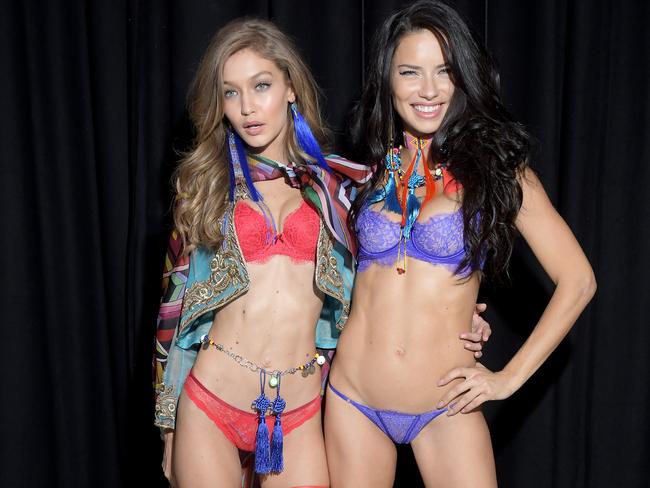
The company, through a spokesman, declined to make Mr Wexner available.
Recent interviews with the legendary retailer drew attention to his seeming lack of understanding of the #MeToo movement and the impact technology is having on retail.
When asked by the Financial Times whether the fashion industry’s objectification of women has encouraged male bad behaviour, Mr Wexner replied, “I think that’s just complete nonsense.”
Victoria’s Secret, he argued, couldn’t take advantage of women because it’s run by women.
“The business has been headed by a woman. The marketing director is a woman. These aren’t women that are exploitative,” he told the FT.
In 2016, when plus-size model Ashley Graham made the cover of Sports Illustrated for the first time, it prompted the leading plus- size manufacturer — Only Nine Apparel — to pitch Victoria’s Secret on a line of larger sizes.
“Unfortunately at this time we are not looking to expand our focus into larger sizes,” a senior executive replied via e-mail on March 2, 2016.
“My company has tried numerous times to sell them plus, but the answer was always ‘not at this time,’ ” said Only Nine founder, Jamie Gorman.
Now a bevy of new lingerie competitors from Adore Me to Third Love have launched plus-size lines and are nipping at the heels of Victoria’s Secret — both, ironically, with the help of former Victoria’s Secret executives.
“Our business started to take off in 2016,” said Heidi Zak, founder of Third Love, an e-commerce retailer, which increased the number of sizes it offers from 50 to 70 in June, nearly double Victoria’s Secret’s 39 sizes.
While it is always dangerous to underestimate a retail guru like Mr Wexner, the picture isn’t getting any brighter for Victoria’s Secret.
Next week, L Brands is expected to report that the chain’s same-store, brick-and-mortar US sales in the second quarter fell 5 per cent — its eighth straight quarterly decline.
That’s better than the 11 per cent drop a year ago — but still a sign that these angels’ wings are in need of a refresh.
This article was originally published in the New York Post and has been reproduced here with permission.



